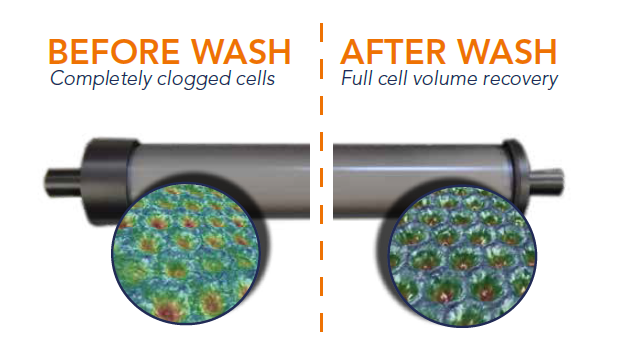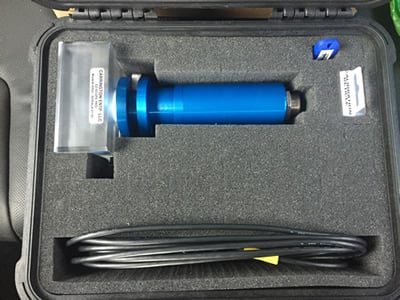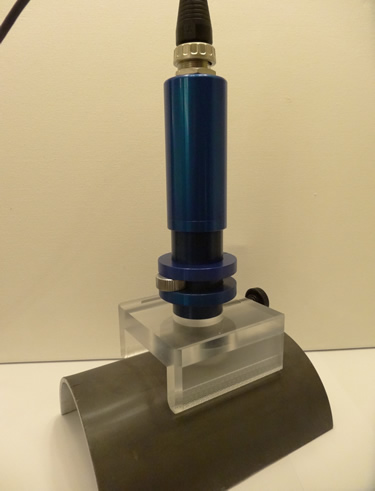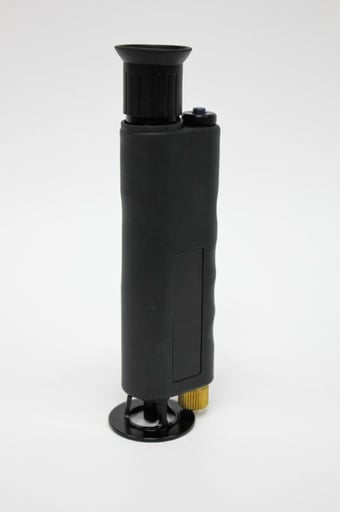
Question: How can I tell if the anilox cells are really clean?
Answer: You can inspect the cells yourself with the Flexo Wash Inspection Equipment

Today, we are focused on how the cleaning process can be part of your inspection process.
By now you are aware that plugged anilox cells create conditions that reduce the effective volume of the cells, increase surface tension and result in inconsistent print, unnecessary downtime and waste.
And that’s why your cleaning process is critical.
But, how do you know if the cleaning process you have invested in, isn’t the same process that is actually contributing to shortening the life span of your plates?
Without including a proper inspection step along with your cleaning process, you really don’t know if your anilox cells are deep cleaned or if damage is present.
Check out these images – you can clearly see the difference between each one. It’s easy to know what’s going on when you can magnify the cells and see direct, visual results of before/after cleaning.

So, what does an inspection process look like? We recommend using a light scope of a minimum 400+ magnification for visual inspection and examination. This will identify ink plugging, roll wear and cell damage quickly.
Handheld TRM C-Series 400x Microscope
A One-Step Microscope for Anilox Inspection
- Lighted handheld microscope
- View the cells of your anilox up close
- Check for wear, damage, and plugging
- Easily monitor the condition of your anilox inventory
We also recommend the use of a digital scope for inspection and measurement. A digital scope will measure cell wall, cell opening and cell geometry (angle).
The E-Z Precision Digital FlexoScope
- The E-Z Scope provides high quality magnification ideal for inspecting 250LS-1500LS Anilox Rolls, print, and printing plates
- Quick Focus Adjustment
- High Speed USB 2.0 Interface
- PC Software Included (*laptop/desktop required for use)
- Measures cell wall (um), cell opening (um) and cell geometry (angle), and
- Capture and save images for future wear reference.



